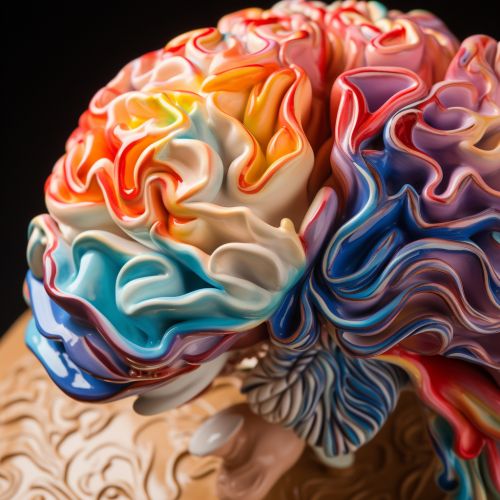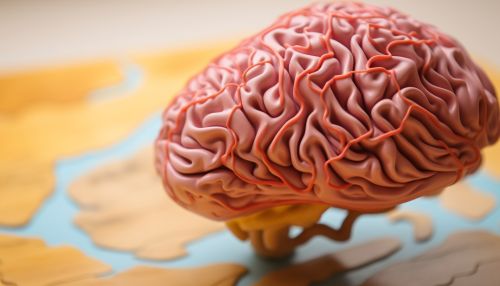Neurological Disorders
Overview
Neurological disorders are diseases of the central and peripheral nervous system. In other words, the brain, spinal cord, cranial nerves, peripheral nerves, nerve roots, autonomic nervous system, neuromuscular junction, and muscles. These disorders include epilepsy, Alzheimer's disease, other dementias, Parkinson's disease, cerebrovascular diseases including stroke, migraine and other headache disorders, multiple sclerosis, neuroinfections, brain tumours, traumatic disorders of the nervous system due to head trauma, and neurological disorders as a result of malnutrition.


Classification
Neurological disorders can be categorized according to the primary location affected, the primary type of dysfunction involved, or the primary type of cause. The broad classifications with commonly associated disorders are as follows:
- Diseases of the central nervous system: These include brain diseases such as Alzheimer's disease, Parkinson's disease, and Huntington's disease.
- Diseases of the peripheral nervous system: These include peripheral neuropathy, myasthenia gravis, and Guillain-Barré syndrome.
- Diseases caused by faulty genes, such as Huntington's disease and muscular dystrophy.
- Degenerative diseases, where nerve cells are damaged or die, such as Parkinson's disease and Alzheimer's disease.
- Injuries to the spinal cord and brain.
- Seizure disorders, such as epilepsy.
- Cancer, such as brain tumors.
- Infections, such as meningitis.
Symptoms
The symptoms of neurological disorders can vary significantly, depending largely on the type of disorder and the specific area of the body that is affected. They may include poor coordination, loss of sensation, seizures, confusion, pain and altered levels of consciousness. The symptoms of neurological disorders can be grouped into two main categories: physical symptoms and cognitive symptoms.
Physical symptoms of neurological disorders may include the following:
- Partial or complete paralysis.
- Muscle weakness.
- Partial or complete loss of sensation.
- Seizures.
- Difficulty reading and writing.
- Poor cognitive abilities.
- Unexplained pain.
- Decreased alertness.
Cognitive symptoms of neurological disorders may include the following:
- Memory loss.
- Decreased cognitive function.
- Changes in mood.
- Psychotic symptoms, such as hallucinations or delusions.
- Changes in personality.
- Depression.
- Anxiety.
- Changes in behavior.
Diagnosis
The diagnosis of a neurological disorder begins with a complete medical history and physical examination. Neurologists may use other diagnostic tests as part of the evaluation. These may include blood tests, imaging tests such as an MRI or CT scan, and in some cases, a biopsy of nerve tissue. An electroencephalogram (EEG) can measure the electrical activity of the brain and can help diagnose conditions such as epilepsy and other seizure disorders.
Treatment
Treatment for neurological disorders can include a variety of options, depending on the specific disorder and the patient's condition. Medications may be used to relieve symptoms, improve quality of life, and slow the progression of the disease. Surgical procedures may be used to remove tumors, correct anatomical abnormalities, or relieve pressure within the brain. Physical therapy, occupational therapy, and other types of rehabilitation programs may be used to improve muscle strength, function, and mobility, and to help patients with neurological disorders maintain independence in activities of daily living.
Prognosis
The prognosis for neurological disorders depends on the specific disorder and the patient's individual condition. Some neurological disorders are progressive and get worse over time, while others are static and do not change. Some neurological disorders can be managed and controlled with treatment, while others may be life-threatening.
